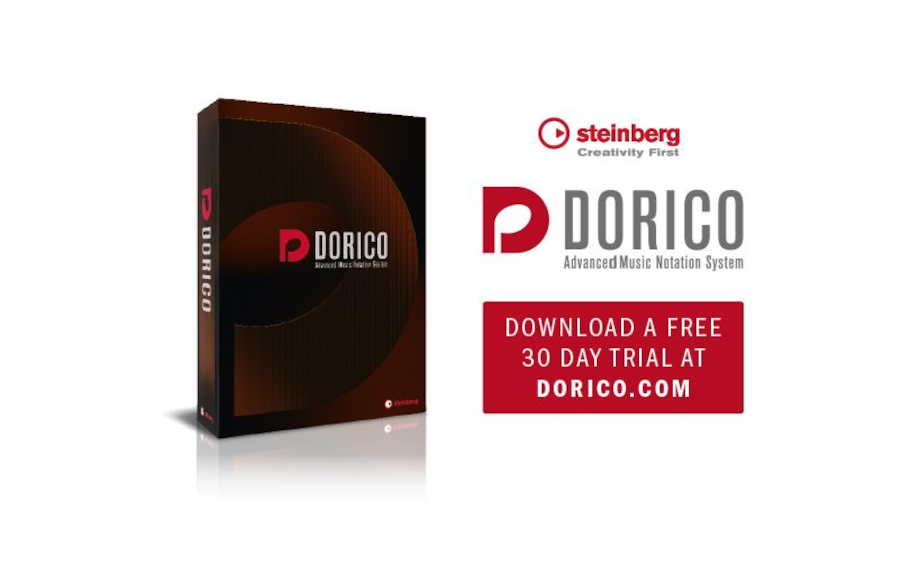Film Scoring Evolution And Education
Film Scoring Evolution And Education

Composition theory and practice in the modern era
Music composition and improvisation has been the means of artistic manifestation for thousands of years across all cultures and continents. From the creation of sacred musical works to the end of the classical composition period, the need for original music has given communities power of expression socially and politically.
With the rise of technology and its integration into the arts, engineers and musicians have combined their skills to invent new machines, new instruments and new ways of composing music. But music wasn’t the only art form affected by the Industrial Revolution. With the invention of photography and the moving image, people were able to manifest their creative visions beyond books, theatre and performance. Tamara Partridge looks at the evolution and techniques of scoring.
Lights. Camera. Action!
During the silent era, film scoring began its illustrious journey by accompanying the images and — in many ways — telling the story as much as the actors. Without the wall-to-wall music that was scored to the silent films, the void of silence would have left the audience feeling detached and unsatisfied with their entertainment experience. This meant that as films developed, and sound and script was adopted into the movie experience, music developed with it. Many great film scorers invented new ways of not only composing music for films, but also telling stories with, through and under the visual stimulus of the movies.
Let’s make some references
Before being taught the techniques of film scoring, students must first have a strong foundation of music theory and composition. “Referencing” is a term coined for a type of film scoring technique that dates back to the silent film era, where the constant need for music to assist film makers in the actual telling of the story called for different styles of music composition. Some of these “referencing” techniques include:
1. Physical referencing
This is also known as “mickey-mousing” because of its popular use in animated comedies and cartoons. Physical referencing is comprised of very strict and accurately timed composition that highlights any physical activity on the screen — such as falling, hitting, punching, running and the like.
2. Intellectual referencing
Using global inference, composers will often score music with instruments and timbres that reflect the people, places and cultures on screen. For example, the opening scene of Disney’s The Lion King movie is a solo male vocal, later joined by a choir singing in Zulu. This immediately sets the location as Africa even before we see where we are or the animals inhabiting the land.
3. Psychological referencing
Arguably similar to intellectual referencing, psychological is a collective understanding of what music is trying to make us feel through our education, previous viewings and inherent music composition devices. Bernard Herrman’s score for Alfred Hitchcock’s Psycho features an aggressive and dissonant string score during the infamous “shower scene”. The composer’s choice of timbre, harmony and rhythm created an iconic style of horror scoring that is still referenced in films today.
Music technology, education and opportunities for students
With music technology and software constantly being reinvented, it can sometimes be overwhelming as a music educator. But it is crucial that we evolve with it in order to give students the opportunities to express themselves — not only through music composition but also in conjunction with film and the moving image.
Today there are a great deal more ways that music scoring is integrated into narratives, such as: video game, television, podcasts, advertisement, theatre, dance and live performance. With the array of opportunities for new music to be composed and scored, it is crucial our schools and higher education facilities keep up with the latest hardware and software related to film scoring. For an industry where there is always work, let’s give our students the opportunity to make a living doing what it is they love by focusing on music technology and music composition just as much as music performance and sound production.

Dorico Education Specialist Peter Wardrobe can answer all your questions about implementing Dorico in your school.
Email Peter today at peter.wardrobe@music.yamaha
WORDS BY: Tamara Partridge

WORDS BY: Tamara Partridge
Tamara’s appetite for music has become a passionate hunger to compose for film and multimedia. With a Bachelor Degree in Music Composition, and a Bachelor Degree (Honours) in Interactive Composition as well as specialised training in Film Scoring, Tamara commits herself to write, record and produce at the Industry Standards for every project she takes on. The Melbourne based composer has worked with directors and producers from various Australian Universities and Film Production Companies which has granted Tamara the means and the momentum to infinitely explore originality and professionalism in her work.
